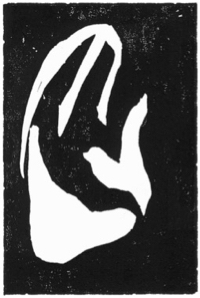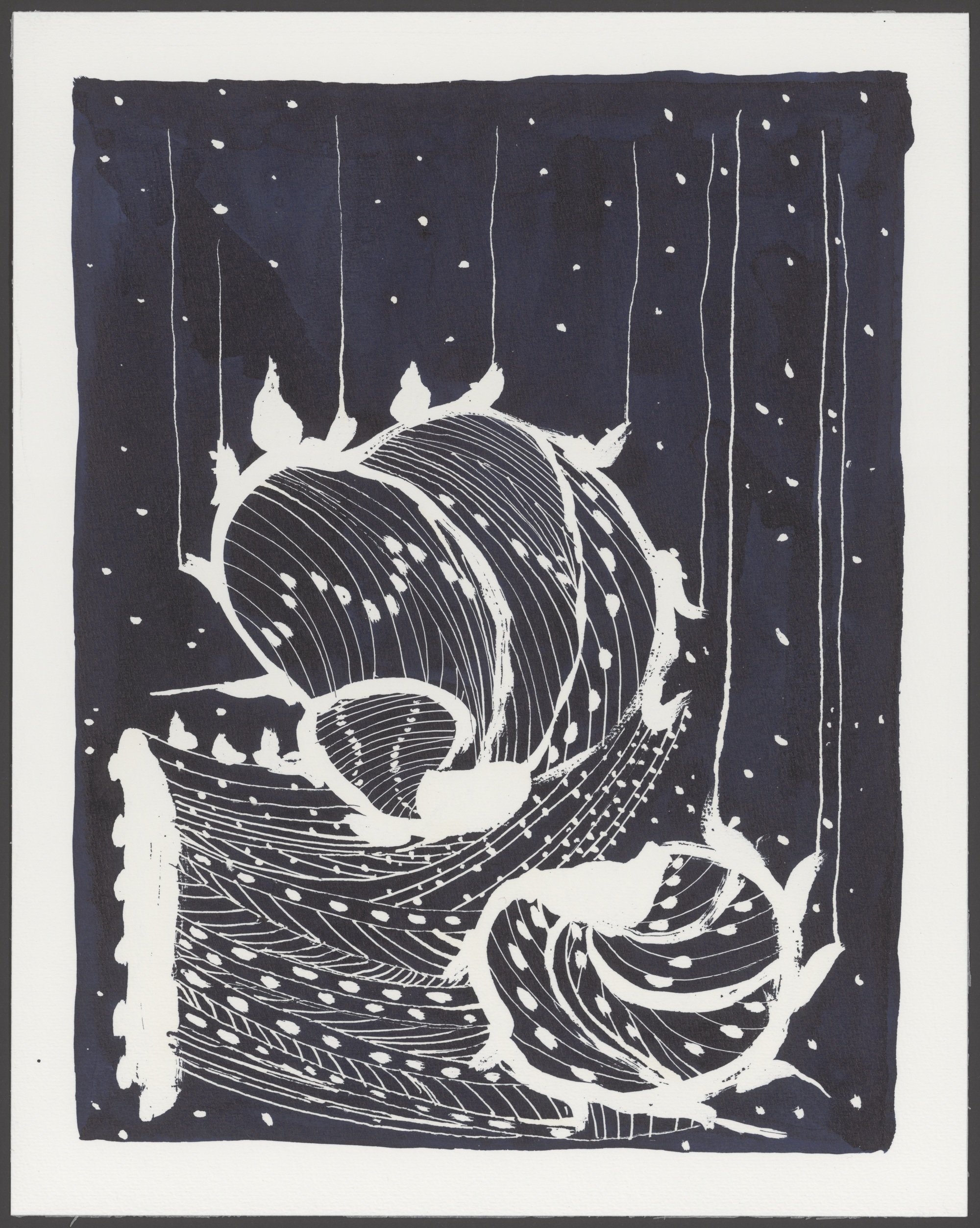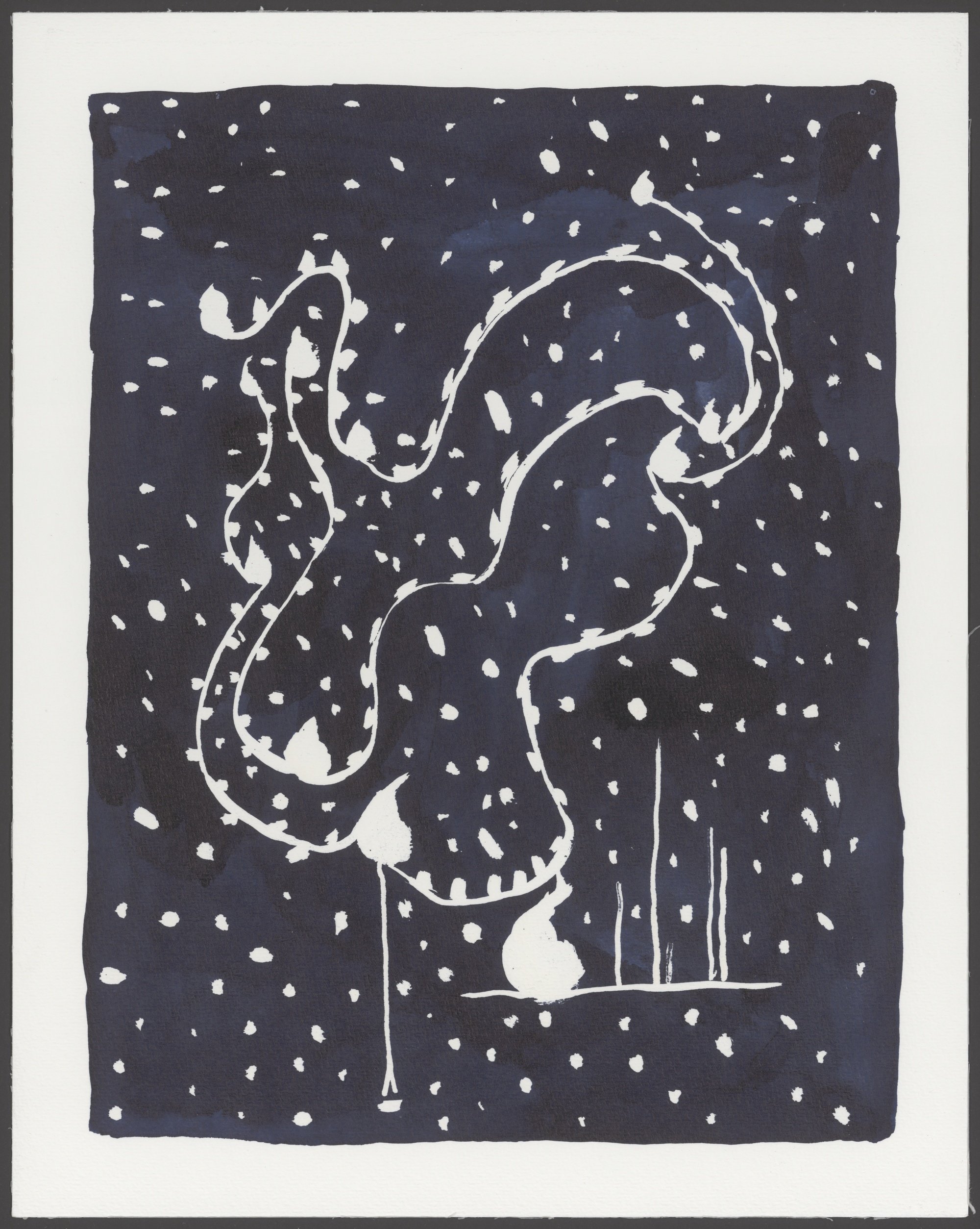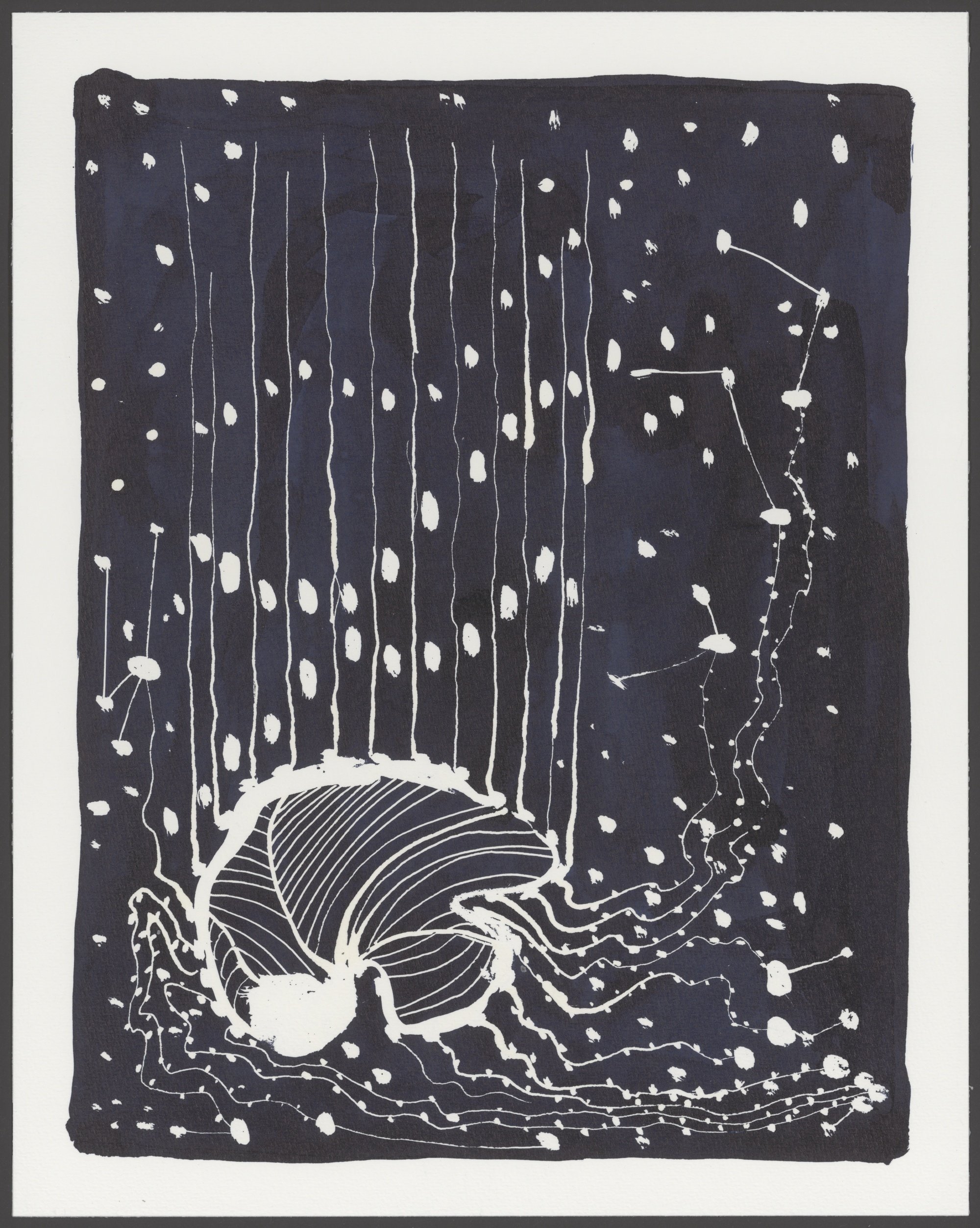Everything that exists is bein: the house, the mountain, the tree, the car or the dog, as well as the fingernail of the hand; everything is being. From the most elementary to the most majestic, spiritual beings interweave themselves; they are, and they bring forth, what we call creation. For our awareness, their interconnections are conditioned by a fundamental law: a unity in the spiritual word is a multiplicity in physical existence, while a unity in the physical world is a multiplicity in the spirit. The being of the plant appears as a unity, the primal plant, and as the many differentiated plants in the physical. On the other hand, the physical plant, for example the rose bush on the roadside, appears as a unity, but as a spiritual reality it is the activity of the beings of the sun, earth, water, mineral, air, of life and so on. Given that a being is present wherever it has effects and that a being unfolds particular activity, the plant is a spiritual multiplicity, as is every particular physical appearance. Every “thing” is a spiritual multiplicity, a tapestry of activity in which no emptiness can be discovered. In other words: nothing exists that is not, and everywhere something exists, someone exists, is active, as a being. Non-existence cannot be found.
“In the house of my Father” there are no empty rooms. But what happens when a being does not unfold their activity? When a being withdraws and is inactive, and is not (there) as it should be? What happens to the horizons of activity that are left empty in creation? What are the consequences of a spiritual vacuum, or an actual spiritual emptiness? What is the reality behind the “horror vacui,” the “fear before the void,” nature’s dislike of emptiness and the need of classical artists to fill every empty space?
Where an activity is neglected, something else unfolds. When the apartment is not cleaned, there is chaos, when the encounter does not occur, loneliness emerges, when the word is not spoken, there is silence, when thinking is not unfolded, stupidity spreads itself out. So the “horror vacui” is real; wherever an activity does not unfold, a space is made available for another being, another activity, to grow. Someone else moves into this emptied space and spreads out their life and activity in the wrong place, in an area of life where their activity is not justified. The spiritual vacuum is a beckoning temptation for other beings to expand their horizons of action so that their rightful proportions are exceeded; that which is right and good in a particular cosmic proportion becomes monstrous when it outgrows its necessary sphere of activity: it becomes a plague. The being of the plague is that activity through which a being expands beyond its justified field of existence on a catastrophic scale. The fact that the catastrophe might serve to bring back a state of balance through a dynamic process does not make a catastrophe less catastrophic.
Covid-19 is a symptom of the present catastrophe, which also permeates our connection to the world, to truth and reality, to feeling and morality; it is a reality, a specific event, a behavior, so, a being. There is no question that this being, in its differentiated activities, has a right to exist. It is also beyond doubt that it has unfolded life in excess and mass. This “Pan-ic” (Pan means the all-encompassing), this Dionysian event has so far exceeded its place in the cosmos that, not unlike the bacchanalians, it threatens to destroy everything. We stand before it, as though before a derailed train, with the certainty that it is not easy to stop it, that it must run its course. The urgent question remains: what is the vacuum that made this spiritual derailment possible, or even necessary? What essentially didn’t happen? What spiritual activity withdrew, left us, allowing the vacuum to emerge, in which the being of covid-19 had to develop on such an extraordinary scale, without proportion?
For those who have been able to maintain some distance from the monkey dances of opinion and have been able to cultivate a deep listening to the events of the last years, it is clear that besides the painful loss of human life, truth has become the victim of this plague. Of course the truth itself cannot be harmed, only the capacity of human beings to know it, to accompany it in thought. Every day the capacity to discern between what I have come to know and what I do not know is eroding in immense proportions. With Mephistophelean cleverness, as a regressive move of counter forces within us, we have been led again into some kind of mediaeval battle of faith. It appears as if the truth is no longer accessible to the individual spirit but is a question of faith and creed. If we are proponents or opponents of vaccines, if we belong to those who believe in science or attach themselves to other theories, none of us discern anymore (or if we do only with great difficulty) between fantasies and facts, between what we know and what we believe. Of course, this process is not new, and it has been accelerating for years, but it has reached a mega-dimensionality that in its monstrosity can be characterized as Pan-epidemic.
If I approach this state of affairs without bias I realize that, at its core, this plague without proportion is connected with the question of truth and facts, with thinking and observation. To my inner eye a multi-dimensional displacement appears, one that has been intensifying for years and is now at a climax, a displacement of thinking and observation, information and knowledge. I can experience how the pandemic is not so much connected with what we do, but rather with what, in small steps, almost without noticing, we leave undone. It is we, human beings, who have created the spiritual vacuum that forces the being I will call Covid-19 into a bloated pan-ic dimensionality.
I can discern a displacement in human experience that has unhitched thinking and observation, leaving significant areas of daily perception categorically inaccessible to cognition. A sphere of perception has emerged with which, fundamentally, I am unable to connect through thinking. Here, where the activity of thinking should unfold, the possibility is absent, so an essential spiritual activity simply does not occur. Where this activity was to unfold one finds a spiritual vacuum. In order to understand this, a brief review of the connection we have with the world as cognitive beings is necessary.
The world of nature and of human creations appears to us as perception through our bodily organization. However, what eludes us due to this same bodily organization are the thoughts, the essential in things, what makes them what they are, that is, their spiritual reality. We have to re-introduce or add these to perception through intuitive thinking. Our thoughts are therefore a kind of spiritual mirroring of the aspect of things that exceeds the particular momentary perception, of that which is at their core. The thoughts in our awareness are the silhouettes, or shadows, of the activity in the things out of which they arise. In other words: thoughts are in things and inseparable from them. An oak tree is what it is because the law of oak unfolds its active thought being through it - otherwise it would be a mere pile of debris. The same is true for the flower, the bus or the mountain, as well as every single mineral. It is the active being that reveals who and what it is to me through thinking. I know the world when I connect the thoughts I have achieved with observation. Cognition is the reconciliation of the connections between things that only through my restricted, sense-oriented constitution were separated in my awareness.
Whoever has never smelled the ocean will never be able to come to the salty, moist experience through an image on a screen. If I have never seen the ocean, the being of the ocean can only be approached through analogy and the comparison of various memories. If I perceive a photo, the being is inaccessible for me, or only accessible through a detour of memory (“Even though it does not breathe, this cluster of pixels on the screen reminds me of a face; it looks like…”). In experiences that are turned into linguistic or optical representations, there is always a turning away from the thing, something already analyzed and composed, something that excludes my thinking and its connection to the thing. When I am thinking about information, photos, films and descriptions I am closed in myself. I engage a logic that very well may be in harmony with itself, but I don’t progress to a connection with the world and its creative life. I see something on a photo and I can reflect on it. Then I am thinking about a photo and not a thing. The active thoughts, which are in the things, are no longer accessible to me through observation and intuition. I can analyze and explain a photo, but it never provides the certain cognition of direct experience.
Since information is not that about which it informs me (as in, the photo of Everest is not the mountain itself), the intuitive exchange between my thinking and the world occurs either not at all, or only in reduced form. I cannot really think about the measureless information amassed before me, I can only have opinions. (“I don’t know, but I think…”). To create an opinion means that I cannot actually know, at least at the moment, and I instead provisionally form an opinion.
If, for example, I encounter more of the world online than I actually experience, then things I am informed about quickly outgrow the body of my experience and my spiritually active thinking recedes. Instead of entering a dynamic exchange between outer and inner through thinking about the world, I start to create opinions and to connect information. This is more of a soul process involving the intellect and personality than a spiritual activity. Here, where my spirit withdraws from the inspiration and expiration of the process of cognition, emptiness emerges.
The draw of this space and vacuum reached gigantic intensity through the flood of information, videos and images, necessitating its growth into pandemic proportions. There is so much that lives as information, beyond our direct thinking, that we are likely to inform ourselves rather than engage in the work of cognition. Every decision and statement made with experientially impoverished information is opinionated and thoughtless and contributes to the vacuum. The excess of pre-formed knowledge, as text, image or film, has banished our own acts of thought from the world, and where “I” should be detectable between ourselves and the things, an absence of spirit has emerged. The expansion of another, of a not-“I,” into this vacated space is the being of the pan-ic plague, it is the disease of relation between the outer and the inner.
Note:
This consequential behavior of the spirit and the world intensifies with the degree that representations of the world claim to be truth. This implies that the news, documentary film and newspapers, etc. belong to a category of representation that excludes the possibility of thinking. It is this category of representations that tempt us into believing they are transparent, that essence and reality can shine through them. Entertainment films, literary texts and musical recordings are exactly what they appear to be: artificial-artistic presentations that do not correspond to the world but to themselves and their own fictional logic. This is why they can rightly be judged as they appear. It is not without reason that we are more likely to find the truth in literature and poetry than the newspapers. We are able to form a direct judgment of a recording of a musical concert even when we are aware that something is lacking as it is not live. The truth claim that accompanies any presentation is diametrically opposed to our possibility of penetrating it through thinking. This is why, for example, Rudolf Steiner insisted he had to “speak pictorially” (“pictorially” means it is not literally true).
In any case these reflections should not lead to an alienation from technological representation. On the contrary - only when we know the rules of the game are we free to play.




